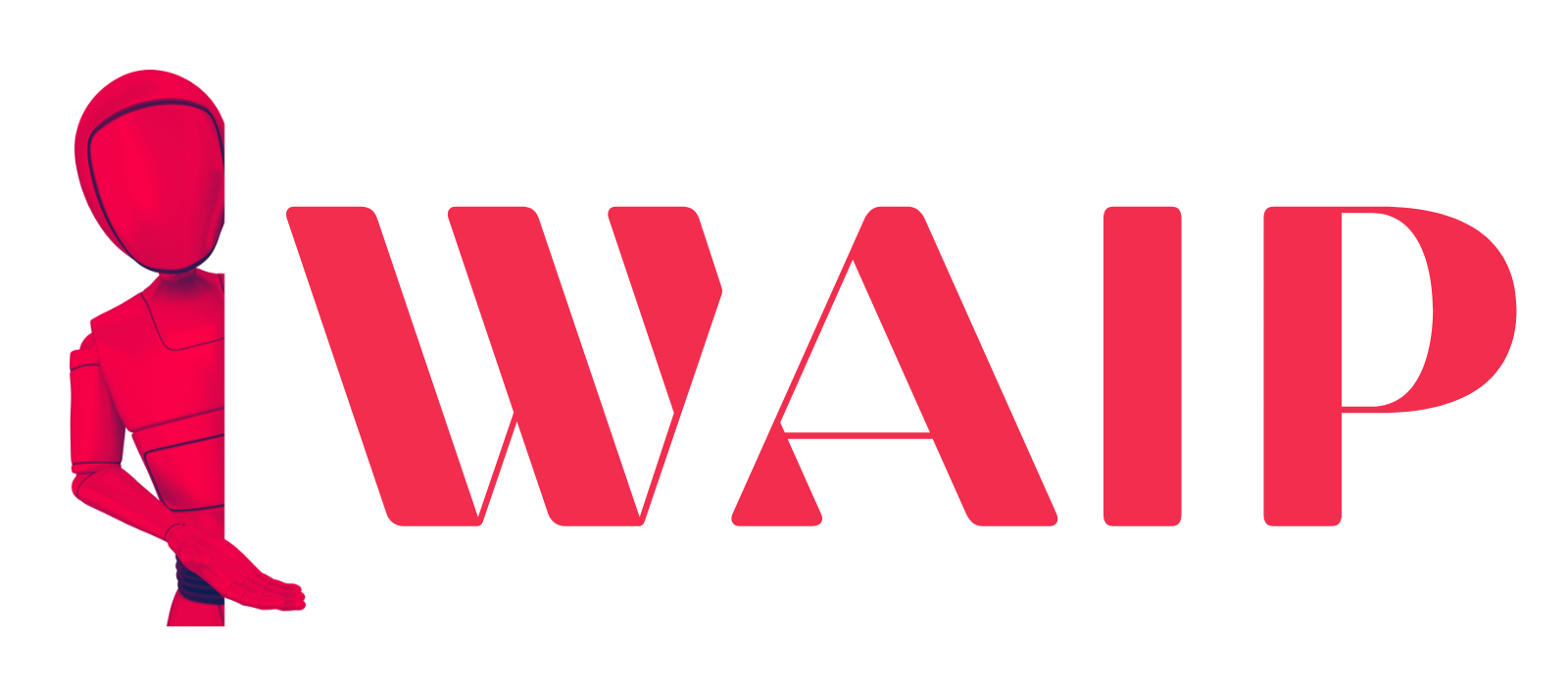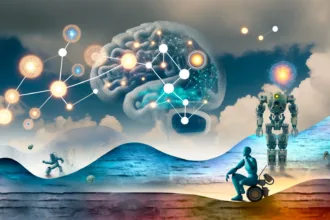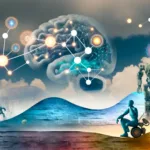Here we’re diving into a fascinating piece of AI technology that’s gaining rapid popularity – ChatGPT.
Developed by OpenAI, ChatGPT is a powerful conversational AI model, able to generate impressively human-like text.
It’s almost like talking to a human, but you’re actually interacting with an AI! The technology behind it, how to use it, its applications, ethical considerations, and future prospects – we’re going to explore it all. So, buckle up as we embark on this exciting journey into the realm of ChatGPT.
What is ChatGPT?
ChatGPT, an innovative chatbot developed by OpenAI, forms part of the Generative Pre-trained Transformer (GPT) series of language models. It harnesses the power of immense data to generate human-like text, efficiently handling a wide array of prompts and inquiries.

This AI-powered conversational tool excels at a multitude of tasks including but not limited to:
- Generating text: May it be poems, stories, or even codes, ChatGPT can produce diverse kinds of text.
- Translating languages: Equipped to translate across a multitude of languages.
- Answering questions: Capable of providing informative answers on a wide range of topics.
- Following instructions: ChatGPT adeptly follows instructions delivered in natural language.
Even while still under development, ChatGPT has found numerous applications like creating educational content, enhancing customer service, and personalizing marketing campaigns.
Its dynamic text generation ability, including different creative formats and extensive language translation feature, serve as promising signs of its potential.
As the field of Artificial Intelligence continues to evolve, so will ChatGPT, becoming increasingly adept and versatile.
Understanding the Technology Behind ChatGPT
ChatGPT, a remarkable creation by OpenAI, utilizes the advancements of deep learning, a subset of machine learning that mimics human neural networks, enabling the model to learn intricate patterns in data.
This conversational AI thrives on a colossal database of diverse text. The backbone of ChatGPT’s technology is the ‘transformer’ architecture, a neural network model renowned for its efficiency in natural language processing tasks.
It’s this technology that enables ChatGPT to understand context in conversation, crucial for generating relevant responses.
The process is straightforward:
- A user provides a prompt or a question.
- The transformer architecture learns human language patterns within the input.
- ChatGPT generates a response in line with the identified patterns.
While the generated responses can occasionally include errors, continual training and advancements promise a bright future for ChatGPT’s text generation ability. The nuances of human language are challenging, but technologies like ChatGPT are making significant strides in navigating them.
Applications of ChatGPT
ChatGPT’s advanced language understanding makes it a versatile tool with multiple applications, including:
- Customer Support: ChatGPT can automate customer support, resolving queries and providing assistance 24/7. It enhances customer experience by offering immediate responses.
- Content Creation: ChatGPT serves as a handy tool for generating creative content. From blog posts to social media updates, it can provide unique and engaging content.
- Education: It’s an effective educational aid, supporting interactive learning through tailored responses, making study materials more engaging.
- Personalized Experience: ChatGPT can deliver personalized user experiences, comprehending individual needs and preferences, ideal for targeted marketing campaigns.
- Research: Assisting in research tasks, ChatGPT can provide a broad overview of topics, helping generate new ideas and perspectives.
These applications present a glimpse into ChatGPT’s potential in transforming digital interactions and workflows, making it an indispensable tool in various sectors.
How to Use ChatGPT
ChatGPT is straightforward and user-friendly, making it accessible to individuals of varying tech skills. Here’s a simple guide on how to use ChatGPT:
- Open ChatGPT: Start by going to the OpenAI website or directly accessing the ChatGPT application online.
- Create/Log into an Account: You need an OpenAI account. If you don’t have one, follow the registration process to create an account.
- Start a Conversation: Once you’re logged in, you’ll find a chat interface. Here, you can type in a prompt, which could be a query, instruction, or topic you wish to discuss.
- Submit your Prompt: After typing in your prompt, press enter or click the submit button.
- Wait for the Response: ChatGPT will analyze your input and provide a relevant response in a few moments.
Here’s an Example How to Use ChatGPT
Let’s say you’re interested in understanding more about climate change. You could type in the prompt, “Tell me about climate change.” After submitting, ChatGPT might respond with, “Climate change refers to significant changes in global temperatures and weather patterns over time…”
Developers can also integrate ChatGPT into their applications using the OpenAI API. With an API key, developers can send prompts programmatically and receive responses that can be integrated into their software applications.
Keep in mind, ChatGPT is a tool and its responses should be used with discretion. It doesn’t replace professional advice and should be used as a supplement to your primary information sources. Enjoy exploring its features and potential applications!
Best Practices for Using ChatGPT
When using ChatGPT, you’ll want to get the most accurate and relevant information possible. Here are some best practices to follow:
- Be Precise with Prompts: A well-crafted prompt leads to better responses. Make sure to be specific and clear about what you need.
- Adjust Parameters: Modify parameters like ‘temperature’ and ‘max tokens’ to alter the output’s creativity and length.
- Iterate and Refine: If the first output isn’t what you need, refine your prompt and try again. Don’t hesitate to experiment.
- Ethical Use: Remember that ChatGPT, like any AI, should be used responsibly. Avoid engaging in harmful, offensive or misleading activities.
- Check for Accuracy: AI can make mistakes. Always verify the information provided by ChatGPT, especially for critical tasks.
- Respect Privacy: Never input sensitive personal information into ChatGPT. Always adhere to privacy guidelines.
Using ChatGPT effectively can open up a wealth of possibilities, from drafting emails to generating creative content.
Ethical Considerations and Safety Measures
ChatGPT, like any AI technology, comes with a set of ethical considerations and safety measures to be observed:
- Responsible Use: Use ChatGPT responsibly. Avoid prompts that lead to harmful, offensive, or misleading content.
- Data Privacy: Don’t feed the model with sensitive personal data. It doesn’t store personal conversations, but it’s essential to respect privacy.
- Bias: Remember, ChatGPT is trained on vast data, which can include biased information. Be aware of possible bias in generated responses.
- Misinformation: Be cautious, as ChatGPT might unintentionally generate incorrect information. Always cross-verify critical information.
- Content Moderation: OpenAI has moderation tools to flag potentially unsafe content. Users should follow OpenAI’s use-case policy.
- Report Concerns: If you encounter inappropriate or concerning content, report it to OpenAI. User feedback is crucial for improving system behavior.
Keeping these points in mind helps ensure safe and ethical usage of ChatGPT.
ChatGPT’s future is bright with several advancements on the horizon:
- Greater Accuracy: As AI technology improves, we can expect a more accurate response from ChatGPT, providing even more precise and relevant information.
- Enhanced Creativity: Future versions could exhibit heightened creativity, generating more innovative and original text, expanding its usefulness in various creative domains.
- Context Understanding: Future improvements will enable ChatGPT to better understand context, producing more consistent and coherent responses.
- Complex Instruction Following: The model’s ability to interpret and follow complex instructions will improve, enhancing its versatility and usefulness.
Future iterations of ChatGPT could transform several sectors:
- Education: It could be employed to create highly interactive and personalized educational content.
- Customer Service: With increased precision, it could significantly enhance customer service experiences.
- Entertainment: From writing poems to generating stories, it could serve as a tool for producing creative content.
- Gaming: ChatGPT could be used to create more realistic and engaging gaming experiences. For example, it could be used to generate dialogue for NPCs, create branching storylines, or even help develop AI-powered game bots.
the future holds great promise for ChatGPT. As the technology matures, it will likely become an indispensable tool across various domains.
Conclusion
So, we’ve taken a deep dive into what ChatGPT is all about, and I hope you found it as exciting as I did! It’s clear that this powerful AI model, with its ability to generate human-like text, has immense potential.
From improving customer service to creating personalized educational content, ChatGPT’s applications seem almost limitless.
But as with any powerful tool, using it responsibly and ethically is crucial. Looking ahead, as AI technology advances, we can anticipate even more impressive capabilities from models like ChatGPT. Undoubtedly, ChatGPT is not just the future; it’s here now, ready to revolutionize how we interact with AI.

![Best Mobile Games Your Should Try in 2024 [Trending Now] 2 Best Mobile Games](https://wideaiprompts.com/wp-content/uploads/2024/03/Best-Mobile-Games-330x220.webp)



![Best Mobile Games Your Should Try in 2024 [Trending Now] 10 Best Mobile Games](https://wideaiprompts.com/wp-content/uploads/2024/03/Best-Mobile-Games-150x150.webp)


